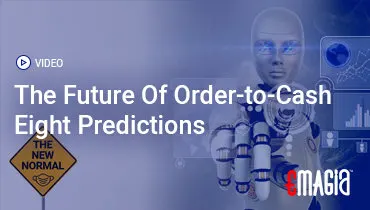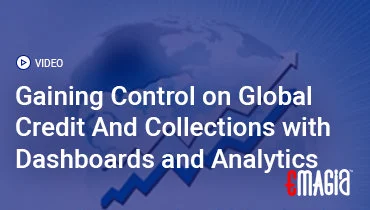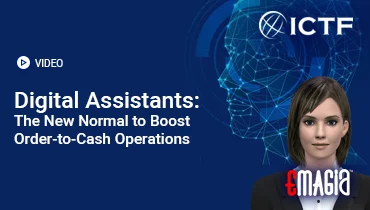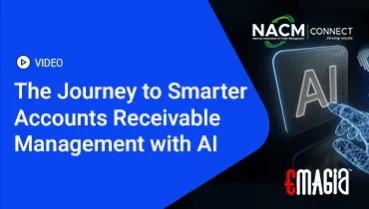In today’s complex business and legal environments, Dispute Escalation isn’t just a clause in a contract—it’s the lifeline of dispute management. This guide highlights why a structured dispute escalation process can save time, money, and relationships, and how to implement it effectively.
Introduction to Dispute Escalation
Define Dispute Escalation in legal, business, and relational contexts; outline its importance in preserving commercial relationships and avoiding protracted conflict. Preview the rest of the guide.
What Is Dispute Escalation?
Explore official definitions, clause types (negotiation, mediation, arbitration), and distinguish escalation from resolution and de‑escalation.
Why Dispute Escalation Matters
Analyze the cost, time, and relationship benefits of early structured escalation versus the risks of unmanaged escalation.
Types of Dispute Escalation
- Contractual Escalation Clauses: negotiation → mediation → arbitration/litigation.
- Split/Hybrid Clauses: give parties forum flexibility :contentReference[oaicite:1]{index=1}.
- Expert Determination Clauses: binding technical decisions :contentReference[oaicite:2]{index=2}.
- Organizational Escalation Systems: AR/dispute workflows.
- Interpersonal Conflict Escalation: psychological models like Glasl’s nine stages :contentReference[oaicite:3]{index=3}.
The Model of Conflict Escalation
Detail Glasl’s nine-stage model across win-win, win-lose, and lose-lose levels, and show how recognizing stages guides the appropriate escalation response :contentReference[oaicite:4]{index=4}.
Escalation vs. De‑Escalation
Contrast escalation with de-escalation and list techniques (active listening, “I” statements, third-party mediation).
Key Components of an Escalation Clause
Explain step‑by‑step process design: triggers, timelines, roles, confidentiality, and jurisdiction enforcement :contentReference[oaicite:5]{index=5}.
Drafting an Effective Escalation Clause
Preparation guidance: optional vs mandatory tiers, timing, forum selection, triggers, enforceability, and cross-border considerations :contentReference[oaicite:6]{index=6}.
Implementing Dispute Escalation in Organizations
Details on building internal workflows: dispute triage systems, automated alerts, roles at each tier, and AR/billing integration :contentReference[oaicite:7]{index=7}.
Industry Applications of Dispute Escalation
- Construction & Infrastructure: multi-tiered clauses mitigate delays and protect commercial ties :contentReference[oaicite:8]{index=8}.
- Finance & Accounts Receivable: escalation speeds up collections and dispute resolution.
- Sales & Customer Disputes: retain clients, reduce churn.
- International Trade & Contracts: mediation/arbitration under ICC, ICC Mediation Rules :contentReference[oaicite:9]{index=9}.
Case Studies & Real‑World Examples
Summarize sample cases: construction dispute via tiered ADR clause; multinational supplier negotiation; automated AR dispute escalation.
Common Pitfalls & Challenges
Highlight risks with vague clauses, jurisdictional uncertainty, “agreement to agree” invalidity, timing gaps, local enforceability :contentReference[oaicite:10]{index=10}.
Best Practices for Dispute Escalation
- Customize to contract value and dispute type
- Include enforceable timelines, defined roles, binding outcomes
- Use external ADR frameworks (ICC, national rules)
- Train teams on clause compliance and early warning signals
- Use data from past disputes to optimize escalation design
Revolutionizing Dispute Escalation with Emagia
Emagia transforms escalation with AI‑powered dispute detection, auto‑assignment, alert triggers, and detailed analytics. It reduces write‑offs, expedites resolution, and boosts customer satisfaction.
Frequently Asked Questions (FAQs)
What is dispute escalation?
Dispute escalation is a contractual or organizational framework that guides disputes from informal negotiation through mediation and arbitration/litigation, designed to resolve issues efficiently.
How does an escalation clause work?
Parties are contractually required to follow defined tiers—negotiation, mediation, and then binding resolution—each within specified timeframes, before advancing to the next.
What are the stages in conflict escalation?
According to Glasl’s model: Stage 1–3 (win–win), Stage 4–6 (win–lose), Stage 7–9 (lose–lose). Each requires increasingly structured intervention :contentReference[oaicite:11]{index=11}.
How do I draft an enforceable escalation clause?
Be specific: name tiers, roles, deadlines, triggers, ADR bodies, and enforce jurisdiction. Avoid vague “agreement to agree” phrasing :contentReference[oaicite:12]{index=12}.
When should escalation be used instead of de‑escalation?
Use de‑escalation at early, emotional stages. Escalation applies when negotiation fails and structured resolution is needed.
Can escalation clauses be used in international contracts?
Yes—ICC tiered clauses with mediation → arbitration are common, but timelines and enforceability must be clearly defined :contentReference[oaicite:13]{index=13}.
How does automation improve dispute escalation?
Automation detects disputes early, triggers notifications, routes escalation through tiers, and provides analytics to prevent recurrence.
What role does mediation play?
Mediation—voluntary, confidential, cost‑effective—is often the second tier after negotiation, enabling parties to settle before formal ADR :contentReference[oaicite:14]{index=14}.
When should arbitration or litigation be triggered?
Only after all agreed ADR stages fail or stipulated timeframes elapse. Escalation clauses specify triggers and deadlines to enable enforceability.
How long should each escalation stage last?
Commonly: 15–30 days for negotiation, 30–45 days for mediation, prior to moving to binding ADR. Tailor timelines to the risk and contract value :contentReference[oaicite:15]{index=15}.



